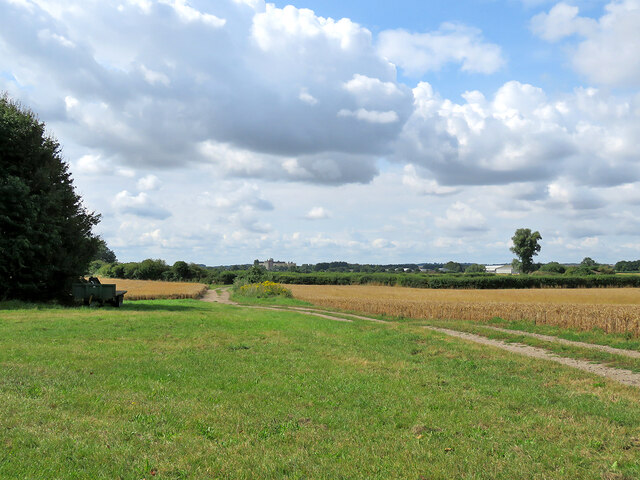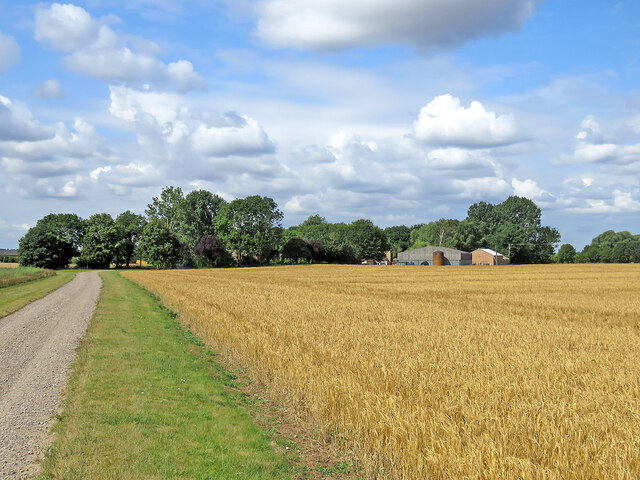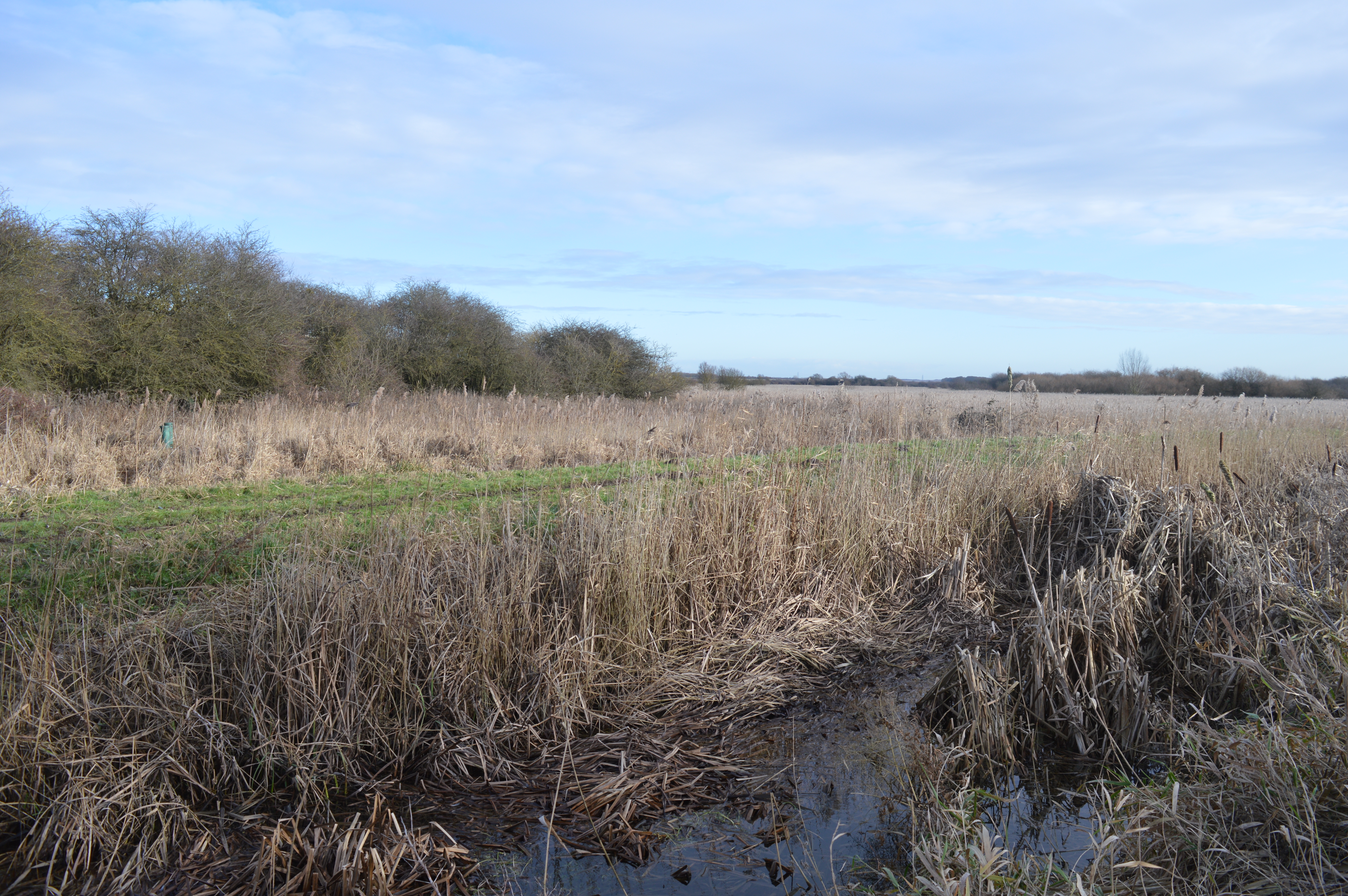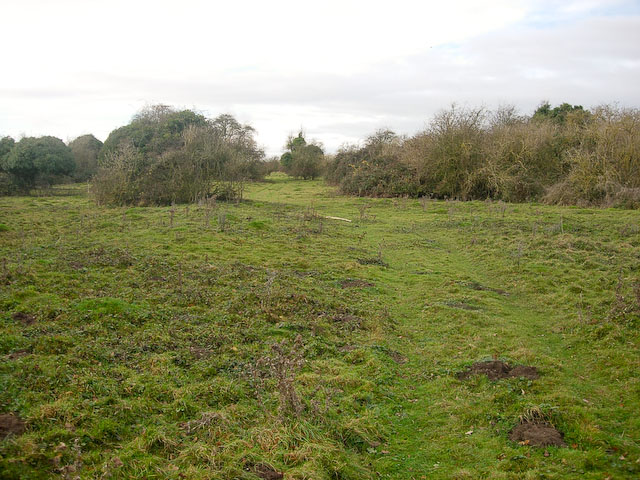Little Wilbraham Fen
Downs, Moorland in Cambridgeshire South Cambridgeshire
England
Little Wilbraham Fen
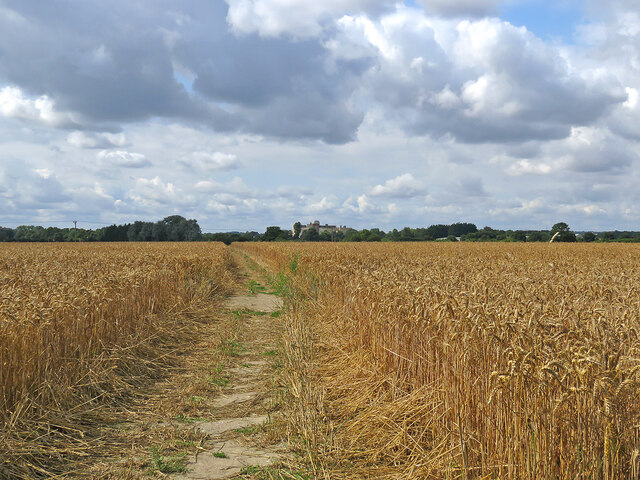
Little Wilbraham Fen is a picturesque village located in the county of Cambridgeshire, England. Situated approximately seven miles east of the city of Cambridge, the village is nestled amidst the enchanting landscape of the Cambridgeshire Fens. The area is characterized by its flat and fertile terrain, offering stunning views of vast expanses of marshland and meadows.
The village itself is relatively small, with a population of around 300 residents. It exudes a peaceful and idyllic charm, making it a desirable location for those seeking a tranquil countryside retreat. The architectural style of the village is predominantly traditional, with charming thatched cottages and historic buildings that add to its rural appeal.
The surrounding area is abundant in natural beauty, boasting a range of habitats such as downs and moorland. This diverse landscape provides a sanctuary for various wildlife species, making it a haven for nature enthusiasts and birdwatchers. The fenland area is crisscrossed by an intricate network of waterways, including the River Cam, which offers opportunities for boating and fishing.
Little Wilbraham Fen is also dotted with several historic landmarks, including the St. John the Evangelist Church, a Grade II listed building with a rich history dating back to the 13th century. Additionally, the village is home to a local pub, providing a cozy spot for residents and visitors to socialize and enjoy traditional British cuisine.
Overall, Little Wilbraham Fen is a charming and unspoiled village, offering a serene escape from the hustle and bustle of city life. Its natural beauty, historical significance, and tranquil atmosphere make it a hidden gem within the Cambridgeshire countryside.
If you have any feedback on the listing, please let us know in the comments section below.
Little Wilbraham Fen Images
Images are sourced within 2km of 52.20631/0.22801224 or Grid Reference TL5258. Thanks to Geograph Open Source API. All images are credited.

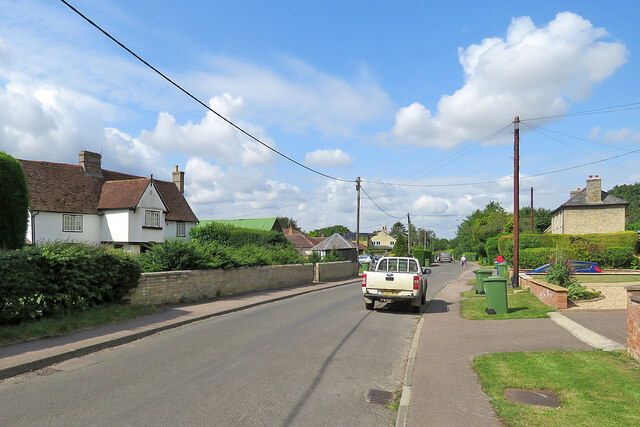




Little Wilbraham Fen is located at Grid Ref: TL5258 (Lat: 52.20631, Lng: 0.22801224)
Administrative County: Cambridgeshire
District: South Cambridgeshire
Police Authority: Cambridgeshire
What 3 Words
///asset.excusing.daffodils. Near Fulbourn, Cambridgeshire
Nearby Locations
Related Wikis
Wilbraham Fens
Wilbraham Fens is a 62.5-hectare (154-acre) biological Site of Special Scientific Interest east of Cambridge.This is an example of a fen habitat, which...
Great Wilbraham Common
Great Wilbraham Common is a 23.5-hectare (58-acre) biological Site of Special Scientific Interest west of Great Wilbraham in Cambridgeshire. It is managed...
Stow cum Quy
Stow cum Quy , commonly referred to as Quy, is a village and civil parish in Cambridgeshire, England. Situated around 4 miles (6.4 km) north east of Cambridge...
Fulbourn railway station
Fulbourn railway station (for some time misspelled "Fulbourne" by British Rail) is a disused railway station on the Ipswich to Ely Line, and located between...
RAF Bottisham
Royal Air Force Bottisham or more simply RAF Bottisham is a former Royal Air Force station located 5 miles (8 km) east of Cambridge, Cambridgeshire, England...
Little Wilbraham
Little Wilbraham is a village in Cambridgeshire, England, 6 miles (10 km) east of Cambridge between the A1303 and the A11. It is in the district of South...
Quy Hall
Quy Hall is a Grade II* listed English country house at Stow cum Quy, Cambridgeshire. Originally dating from the late 15th century, it was completely remodelled...
Fulbourn
Fulbourn is a village in Cambridgeshire, England, with evidence of settlement dating back to Neolithic times. The village was probably established under...
Nearby Amenities
Located within 500m of 52.20631,0.22801224Have you been to Little Wilbraham Fen?
Leave your review of Little Wilbraham Fen below (or comments, questions and feedback).
